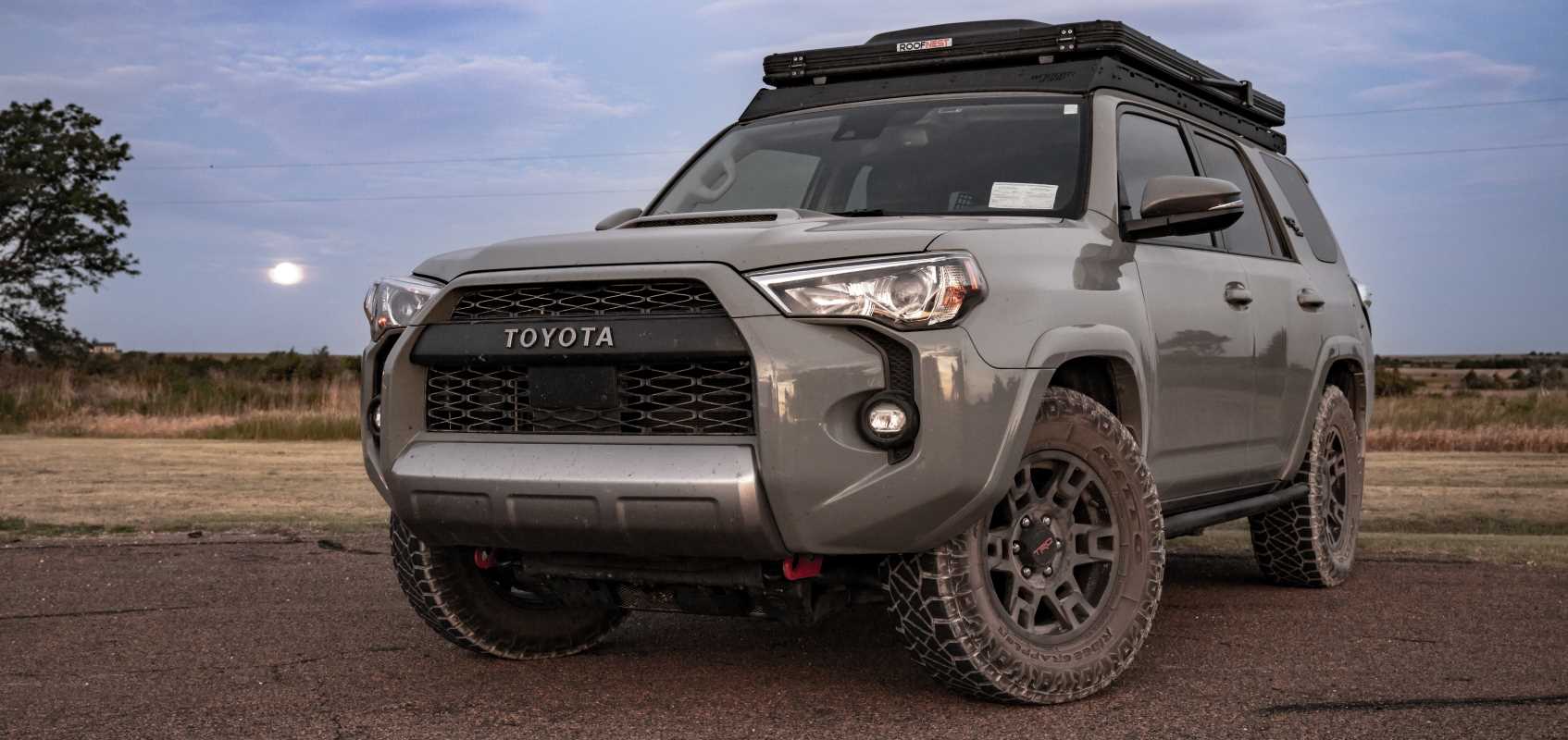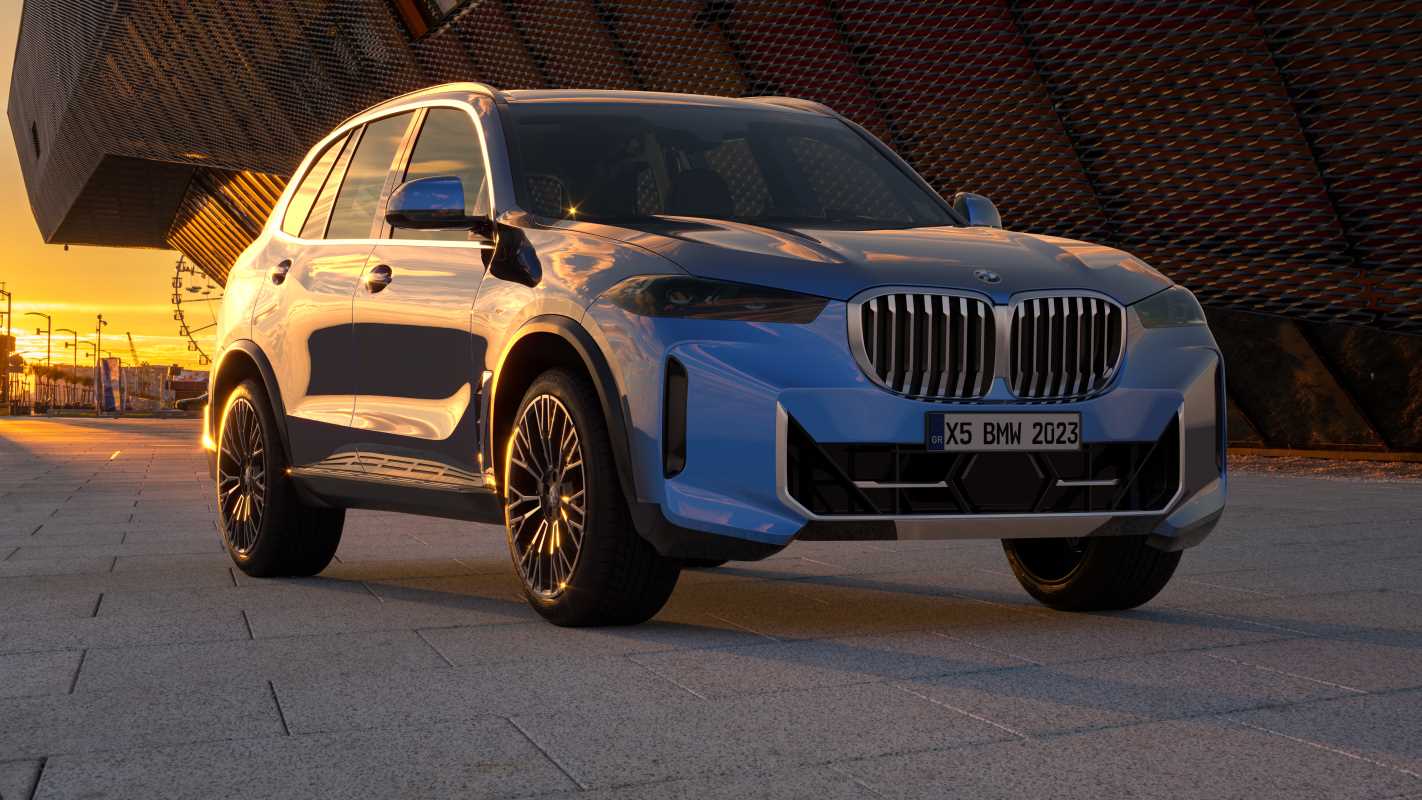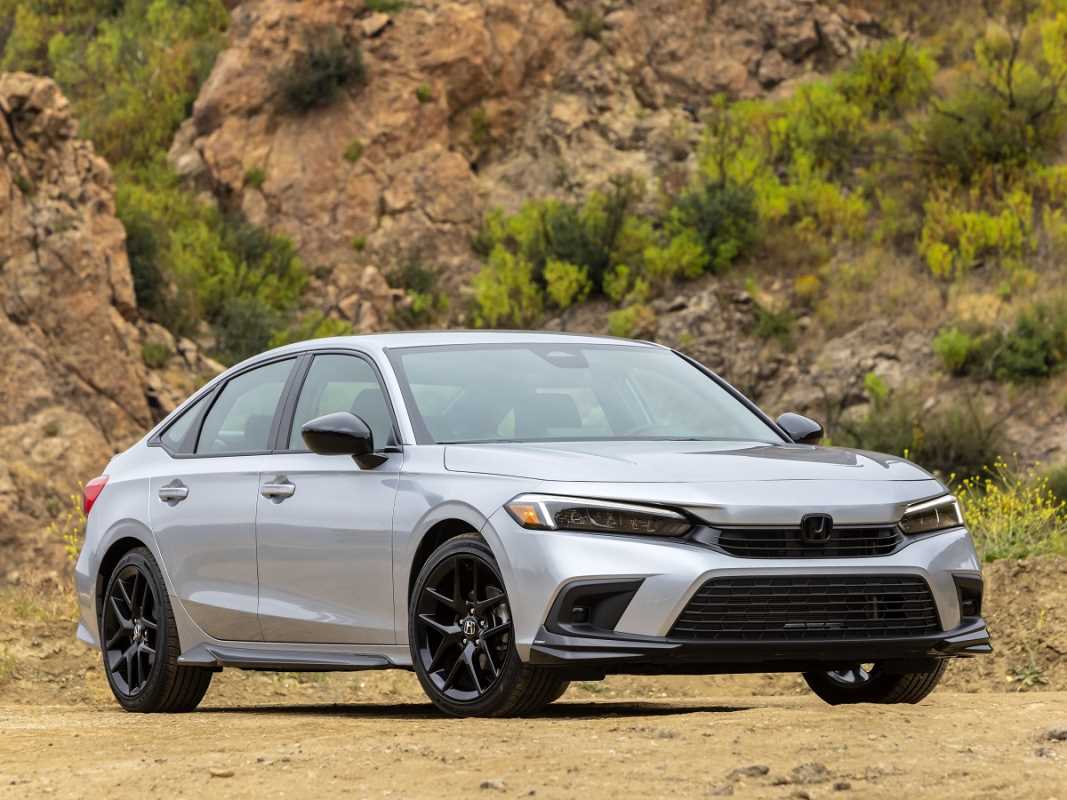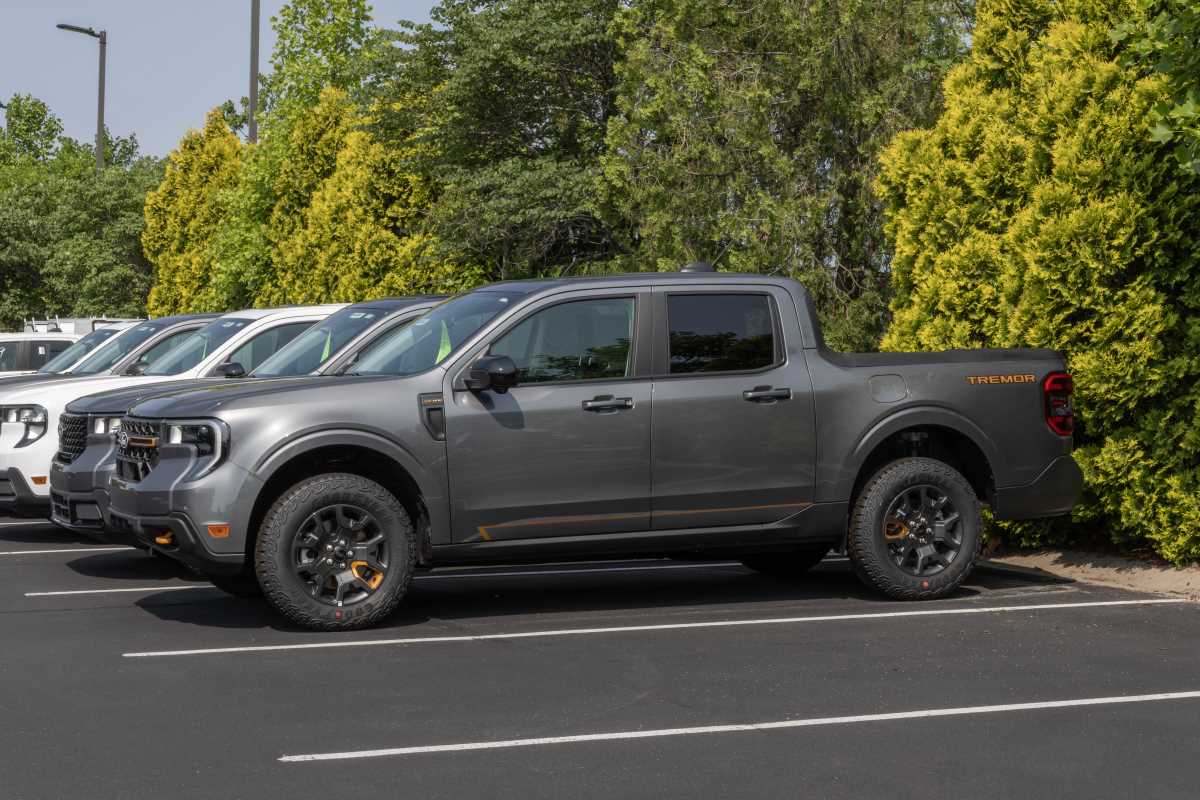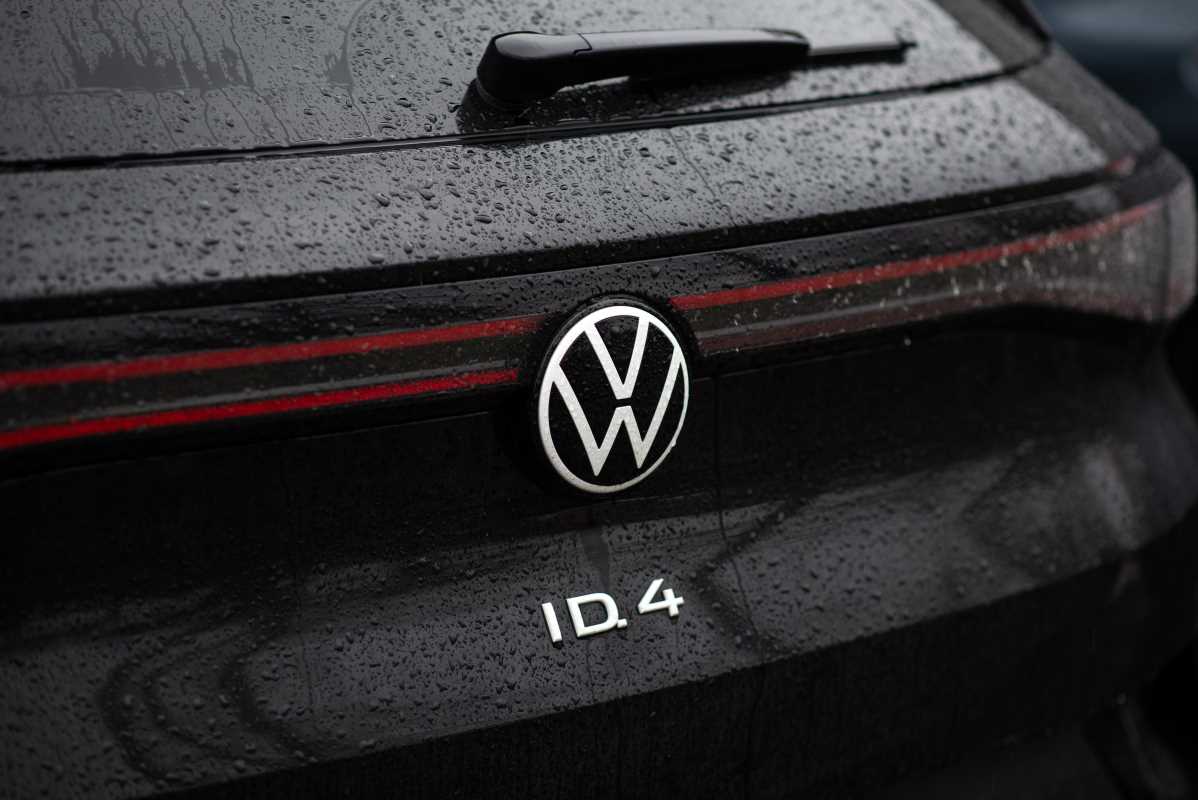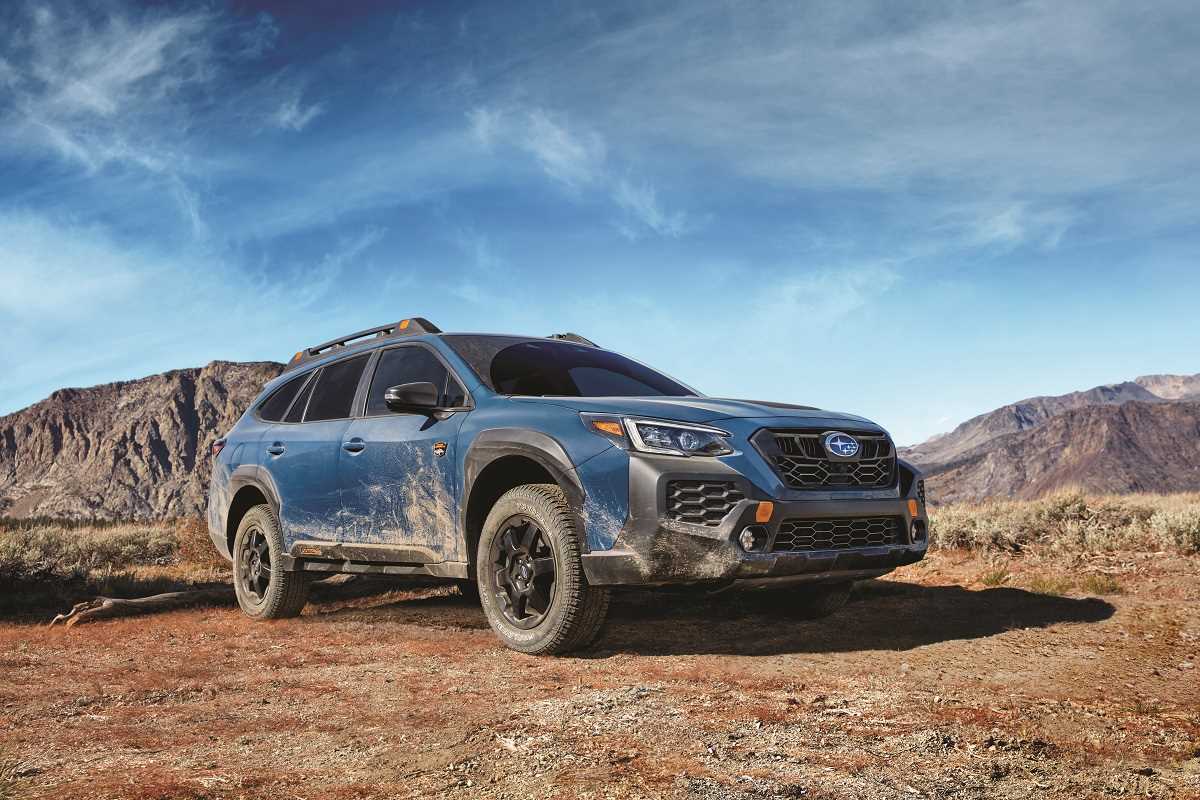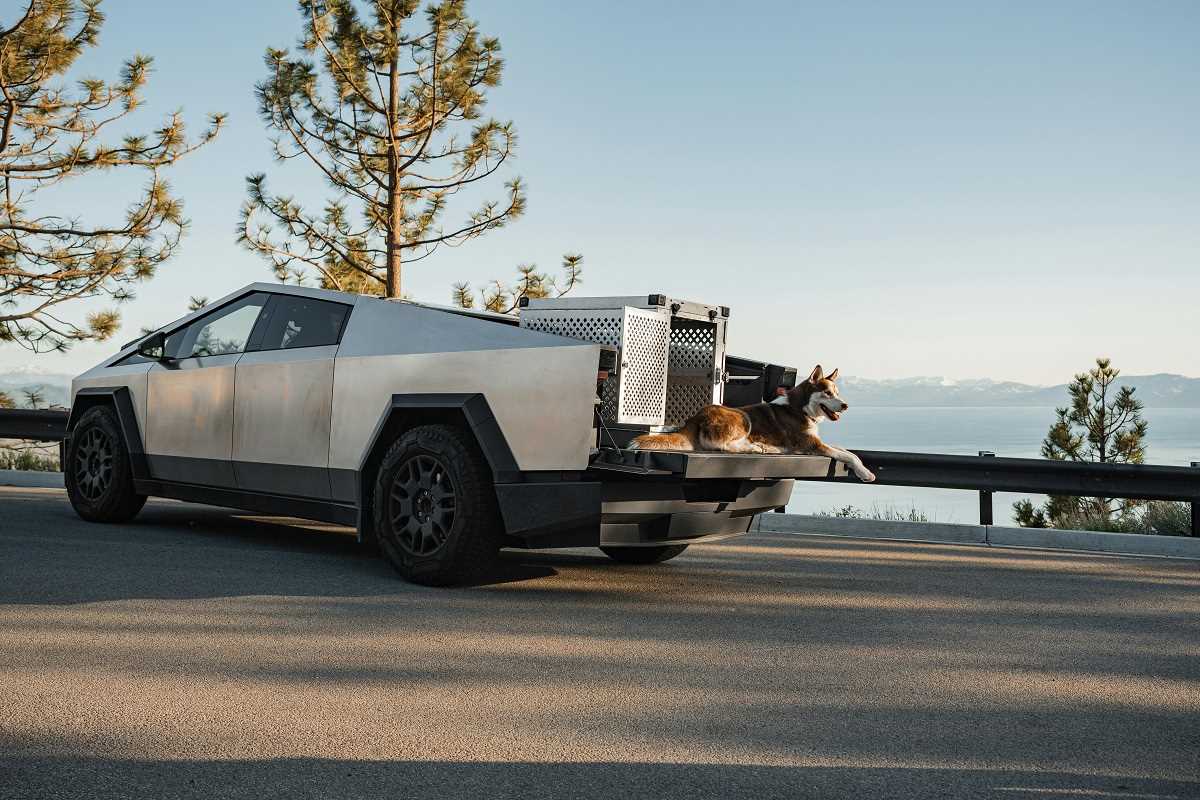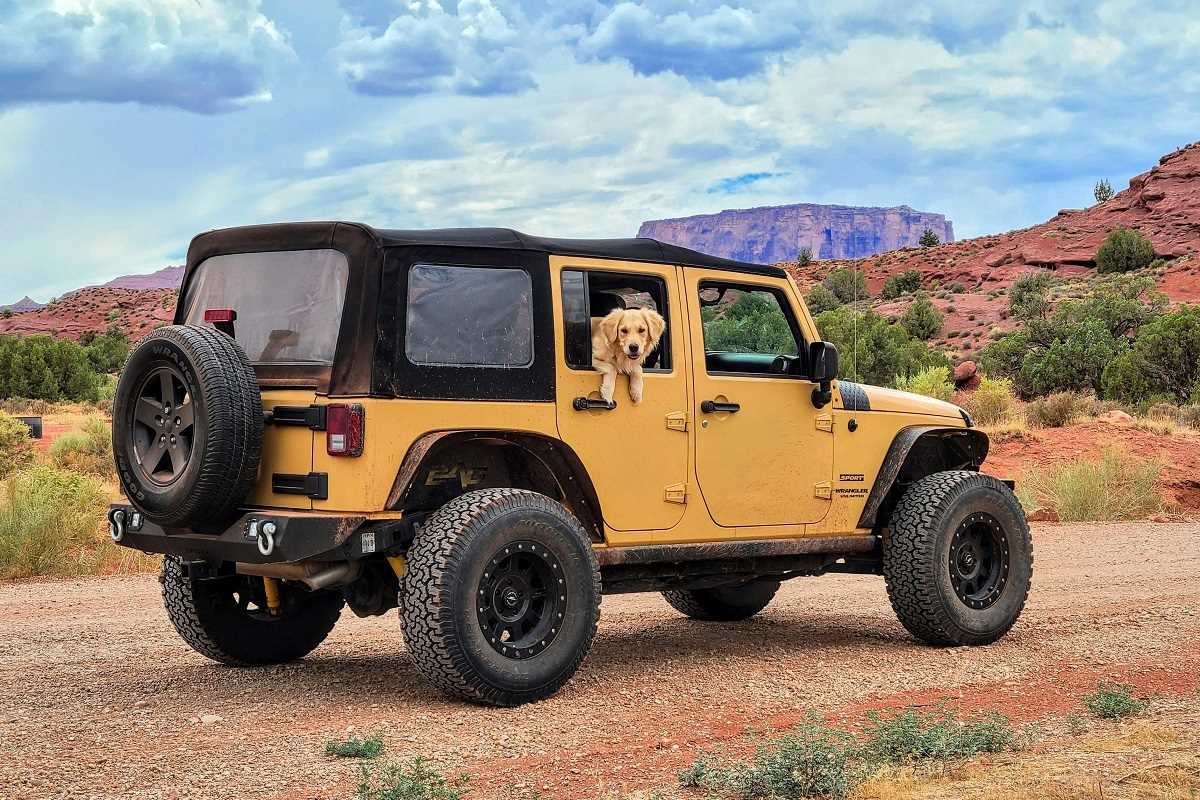In a world filled with car-based crossover SUVs that prioritize comfort over capability, the Toyota 4Runner stands as a rugged, unapologetic tribute to old-school toughness. While other SUVs have softened, the 4Runner remains a true body-on-frame vehicle, built on a truck chassis for maximum durability and off-road prowess. For car enthusiasts who value authentic capability and long-term reliability, the 4Runner is an icon. It’s powered by a proven V6 engine and equipped with serious four-wheel-drive hardware designed for real adventure, not just trips to the grocery store. Its combination of cargo utility, simple controls, and the legendary Toyota reputation for running forever makes it a standout choice for anyone whose weekend plans involve leaving the pavement behind.
Why the 4Runner Still Matters
The Toyota 4Runner's enduring appeal comes from its commitment to a proven formula. Its body-on-frame construction, where the body and frame are separate pieces, is what gives it incredible strength and durability on rough terrain. This traditional truck-based design is much tougher than the unibody construction used by nearly all modern crossovers. This makes the 4Runner a favorite among off-road enthusiasts who need a vehicle that can withstand the punishment of trails, rocks, and challenging conditions without complaint.
Inside, the 4Runner favors simple, chunky controls over confusing touchscreens. The large knobs and buttons are easy to use, even while wearing gloves, which is a practical touch that many modern vehicles have forgotten. This focus on straightforward functionality makes it less intimidating and more reliable. This simplicity, combined with its legendary reliability, results in one of the highest resale values of any vehicle on the market. A 4Runner holds its value incredibly well because buyers know they are getting a tough, dependable machine that is built to last for decades.
On-Road Manners vs. Off-Road Muscle
It's important to understand that the 4Runner's off-road strengths create specific on-road trade-offs. Its truck-based platform and rugged suspension result in a ride that is firmer and less composed than a typical crossover. You'll feel more of the road's imperfections, and the handling can feel a bit ponderous in corners. The driving experience is more utilitarian than luxurious, with noticeable body lean during sharp turns and a braking response that requires a firm foot.
However, the moment the pavement ends, the 4Runner’s purpose becomes crystal clear. This is where it truly shines. The suspension that feels busy on the highway is perfectly suited for absorbing large bumps, rocks, and ruts on a trail. Its generous ground clearance allows it to clear obstacles that would stop a crossover in its tracks. The 4Runner is a tool built for a specific job, and that job is exploring the great outdoors. It willingly sacrifices some on-road refinement for a massive gain in off-road capability and confidence.
Powertrain and 4x4 Systems Explained Simply
For years, the 4Runner has been powered by a famously reliable V6 engine. This engine is known not for its blistering speed but for its smooth power delivery and incredible durability. It provides enough muscle for daily driving and highway merging, but its real strength is its dependability in harsh conditions. It’s a workhorse engine designed to get you to your destination and back, no matter the terrain.
The 4Runner's true magic lies in its four-wheel-drive (4WD) systems. Unlike the all-wheel-drive (AWD) systems found on crossovers, the 4Runner uses a robust, part-time 4WD system with a two-speed transfer case. This allows the driver to select between different modes: 2WD for normal roads, 4-High for slippery surfaces like snow or dirt, and 4-Low for serious off-road challenges. 4-Low acts as a gear multiplier, dramatically increasing torque to help the vehicle crawl over steep obstacles. Higher trims like the TRD Off-Road and TRD Pro add features like a locking rear differential, which forces both rear wheels to turn at the same speed for maximum traction, and Crawl Control, a sort of low-speed off-road cruise control.
Interior Space, Cargo Tricks, and Tech
The interior of the 4Runner is designed with practicality and utility as the top priorities. The upright, boxy shape creates a spacious cabin with excellent headroom and visibility. The dashboard features large, easy-to-read gauges and straightforward controls. While it may not feel as modern as some rivals, its functionality is hard to beat.
The cargo area is a highlight. The rear seats fold flat to create a massive load floor, perfect for hauling camping gear, sports equipment, or large items from the hardware store. Some models are available with an optional sliding rear cargo deck, a clever feature that can slide out to make loading heavy items easier or to serve as a makeshift tailgate bench. Sturdy roof rails are standard, providing a solid foundation for mounting roof racks, tents, or other adventure accessories. In recent years, Toyota has updated the tech, adding a modern infotainment system with a touchscreen that includes Apple CarPlay and Android Auto, along with the Toyota Safety Sense suite of basic driver aids.
Ownership Realities
Owning a Toyota 4Runner means embracing its character, including its running costs. The biggest reality is fuel economy. The combination of a heavy, body-on-frame chassis and an older-design V6 engine results in fuel consumption that is significantly higher than a modern crossover. This is the price you pay for its incredible durability and capability.
Maintenance, however, is a strong point. The 4Runner is known for its relatively simple mechanicals and affordable upkeep. Following the basic service schedule of oil changes and tire rotations will reward you with years of reliable performance. Many owners choose to modify their 4Runners to enhance their capability. Common accessories include more aggressive all-terrain tires for better off-road grip, skid plates to protect the underbody from rocks, and upgraded suspension for even better trail performance. These additions are part of the fun and culture of 4Runner ownership.
Smart Shopping Tips
When shopping for a 4Runner, the trim level you choose defines its personality. The SR5 is a great starting point, offering all the core capability. The TRD Off-Road is the sweet spot for many enthusiasts, adding key off-road features like the locking rear differential and Crawl Control. The TRD Pro is the top-tier model, featuring upgraded shocks, unique styling, and other exclusive hardware for the most demanding users.
Your choice of tires will have a huge impact on the vehicle's performance both on and off the road. When buying a used 4Runner, a Certified Pre-Owned (CPO) model can offer great peace of mind with its factory-backed warranty. For any used model, especially those from snowy regions, a thorough rust check of the frame is absolutely critical. Always run the vehicle’s VIN to check for open safety recalls. The most important step is to invest in a pre-purchase inspection (PPI) from a trusted mechanic, who can evaluate the frame, 4x4 system, and overall mechanical condition to ensure you’re getting a solid adventure vehicle.
